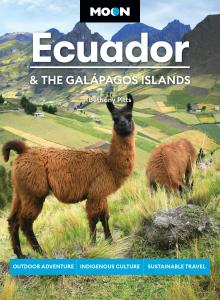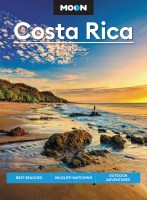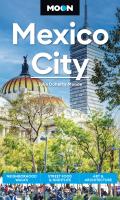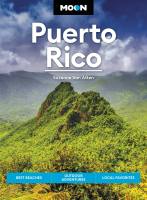Discover Quito, Ecuador’s Capital City
At 2,850 m (9,350 ft) above sea level, Ecuador’s dramatic capital city is the second highest in the world after Bolivia’s La Paz. Built on the ashes of the northern Inca capital following the 1533 Spanish conquest, Quito is nestled in a valley surrounded by majestic Andean peaks, among them the restless Volcán Pichincha.
This spectacular backdrop adds to the joy of exploring the cobblestone streets, stately plazas, and lavish churches of Quito’s Old Town, one of the best-preserved colonial cities in Latin America and a UNESCO World Heritage Site. Amid the spires and cupolas, rows of pastel-colored houses with flower-decked wrought-iron balconies sit beside lovingly restored mansions with tranquil inner courtyards. Looking further back in time, museums provide fascinating insights into Ecuador’s pre-Columbian ancestral cultures, some dating back to 4000 BCE.
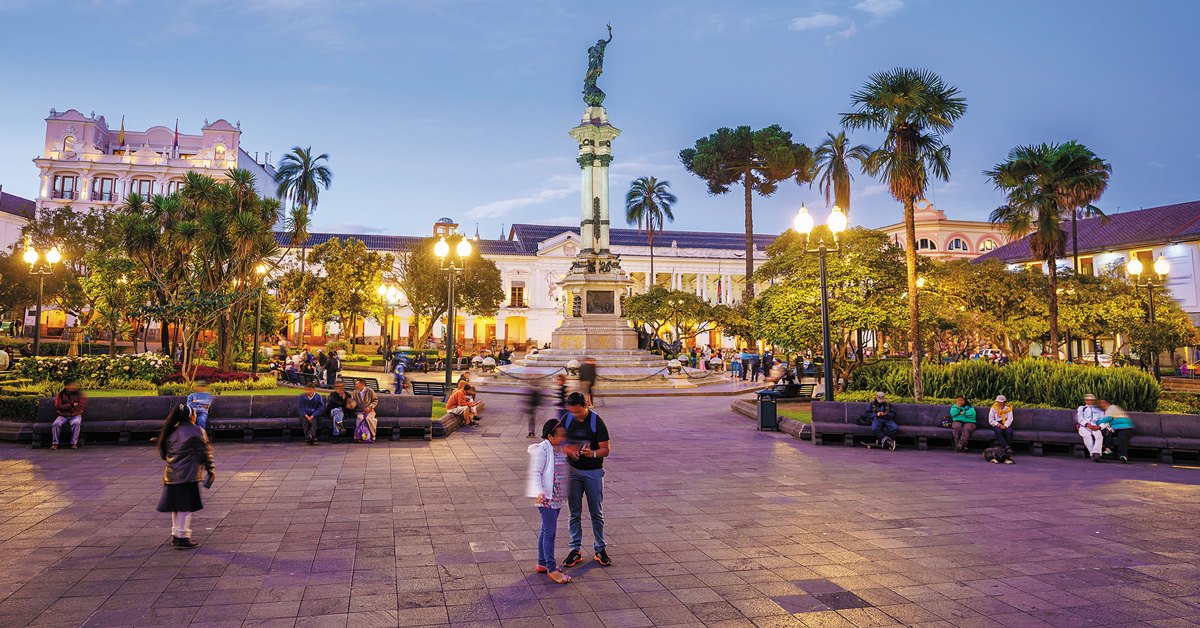
The living city is as intriguing as its rich history. Stop at a sidewalk café and watch formally dressed Quiteños hurrying to work alongside shoe shiners, street vendors, and Kichwa women in traditional dress. Historically known for its conservative values, these days Quito is home to Ecuador’s most vibrant music, art, and theater scene. Relief from the city noise can be found in the welcome green spaces of the capital’s well-kept parks.
Quito is spared the oppressive heat of the lowlands by its altitude. Locals are fond of saying that their city gives you four seasons in one day—a statement supported by the spring-like mornings, summery afternoons, autumnal evenings, and wintry nights.
For many tourists, Quito is simply a convenient launching point for the Galápagos Islands or the Amazon, but it’s worth devoting at least a couple of days to exploring this captivating city.
The capital provides easy access to the verdant cloud forests of the Chocó Andino de Pichincha, a UNESCO Biosphere Reserve. Separated from the Amazon by the rising of the Andes millions of years ago, these forests evolved in isolation, creating one of the earth’s top five biodiversity hot spots. Within the boundaries of the Biosphere Reserve are the birder’s paradise of Mindo, the Maquipucuna Reserve, the community tourism project of Yunguilla, and the luxurious Mashpi Lodge.
Newsletter Signup
By clicking ‘Sign Up,’ I acknowledge that I have read and agree to Hachette Book Group’s Privacy Policy and Terms of Use
Planning Your Time
Quito extends over 50 km (31 mi) north-south, and about 8 km (5 mi) across. Fortunately, it’s easily divided into zones: one for historical sights (Old Town); one for the majority of restaurants, accommodations, nightlife, and visitor services (New Town); and then everything else. The abundance of transport options make the capital easy to get around.
In Old Town, El Centro Histórico, most of the plazas, churches, and other religious buildings are situated within a few blocks of the original heart of the city, Plaza de la Independencia or Plaza Grande. This is also where most of the museums are located. You may choose to head straight for the sights that are of most interest or to forget itineraries and simply wander the cobbled streets. There are several spectacular viewpoints from which to admire Old Town, from the gothic spires of the Basílica to the even loftier heights of the TelefériQo cable car.
Northeast of the historical center, La Alameda and El Ejido parks form a buffer between Old and New Town. Linking the two districts are the major thoroughfares Avenida América and Avenida 10 de Agosto.
The hub of New Town is Plaza Quinde, commonly known as Plaza Foch, and the surrounding area, Mariscal Sucre, or simply La Mariscal. Here you’ll find most of the visitor amenities: hotels, restaurants, bars, shops, and tour agencies. The nightlife is particularly raucous Thursday-Saturday. North of New Town is Parque La Carolina, a popular park with impressive facilities and a botanical garden. To the east of the park, the Museo Fundación Guayasamín, formerly the home of master painter and sculptor Oswaldo Guayasamín, is also the location of his unfinished masterpiece, the Capilla del Hombre (Chapel of Man).
North and east of La Mariscal are quieter neighborhoods such as arty, bohemian La Floresta, home to some of the city’s best restaurants, and Guápulo, worth a visit for the spectacular views and lovely park.
Most visitors, especially backpackers, stay in New Town, mainly because there are so many amenities. However, good accommodation and dining options are increasing in Old Town, offering a more authentic and picturesque experience. With easy access to
both districts, La Floresta makes a great base from which to explore the city. Wherever you stay, it’s only a short cab or bus ride between the central areas. Traffic is heavy, though it’s noticeably lighter on the weekends, when the lack of commuter traffic makes taxi journeys quicker and cheaper. Be aware that many museums are closed on Mondays.
If you only have a couple of days in Quito, spend most of it in Old Town and perhaps half a day in New Town. Three or four days is a good amount of time to take in the key sights of both areas. After that, you may be ready to head out of the city for the welcome tranquility of the cloud forest, which merits at least three days.

Climate
Quito is famed for its spring-like climate, with daytime temperatures usually 10-22°C (50-72°F), though a sunny day can feel hotter. Mornings tend to be chilly, but it can heat up considerably around midday. Temperatures drop quickly on rainy afternoons and in the evenings, with nighttime as low as 7°C (45°F). There is generally more sun in the mornings, so sightseeing early is a good idea. The two rainy seasons are February-April and, to a lesser extent, October-November.
Even on a sunny day, Andean people are much more formal in dress than their coastal counterparts. Skimpy clothes should be avoided. The weather can change suddenly, so bring lots of layers, a light waterproof jacket, and a warm coat for the evenings. Don’t underestimate the strength of the equatorial sun, and wear sunscreen, even on a cloudy day.
Bear in mind that the elevation may leave you breathless and lightheaded. Dizzy spells, stomach upsets, insomnia, headaches, and fatigue can also occur. It is best not to overexert yourself and to minimize caffeine and alcohol in favor of plenty of water and light food, at least for the first couple of days.
Safety
The majority of visitors to Quito experience no difficulties with security. However, as with most countries, extra precaution is needed in Ecuador’s big cities. If you stay alert and take some commonsense precautions, your visit will likely be incident-free.
If you feel unsafe or are lost, Quito’s Metropolitan Police are the most friendly and helpful in the country. They wear blue uniforms and are out in force in the main tourist areas, especially during the day. Many speak English.
Watch out for pickpockets in crowded areas, at tourist spots, and on public transport. Be alert for robbers using distraction techniques. Avoid wandering around at night, when Old Town has a deserted feel, and don’t go into any parks after dark. It is a good idea to seek current advice from your hotel about places to go and places to avoid.
La Mariscal is the riskiest area for foreign visitors. Walk just a couple of blocks from the main streets and the police presence is replaced by groups of thieves or drug dealers. Unlike in the rest of the country, drunken street violence is common. Always use a pre-booked taxi to get to and from La Mariscal after dark, even if your hotel is only a few blocks away. Drink spiking is prevalent, so don’t leave your beverage unattended. Don’t accept flyers from anyone on the street, as they may be dusted with scopolamine, a substance that leaves victims in a docile state, vulnerable to robbery or assault.
The area around El Panecillo (the hill with the Virgin Mary on top) is not safe, so take a taxi there and back. Watch your belongings around the Mercado Central during the day and avoid this area at night. The preserved historical street Calle La Ronda has a police presence and is safe, but don’t wander from the main drag after dark.
Rather than flagging taxis down on the street, especially after dark, ask your hotel, restaurant, or bar to call you one, or save the number of a reliable taxi company and call one yourself (see page 75 for some numbers). Alternatively, head for a big supermarket or hotel and take a taxi from the rank outside. It might seem like an inconvenience, but it’s a sure way to avoid “express kidnappings,” where shady drivers relieve passengers of cash, valuables, and PIN numbers. Victims are usually released unharmed, but these incidents are terrifying and can turn violent. This type of crime is much more common in Guayaquil, but is not unheard of in Quito, especially in La Mariscal. If you do decide to flag down a taxi in the street, look for one with an orange
number plate that starts with “P” (for the province of Pichincha), the logo of a taxi company on the side, the municipality registration number sticker displayed on the windscreen and doors, and a security camera inside.
Newsletter Signup
By clicking ‘Sign Up,’ I acknowledge that I have read and agree to Hachette Book Group’s Privacy Policy and Terms of Use
Pin It for Later

